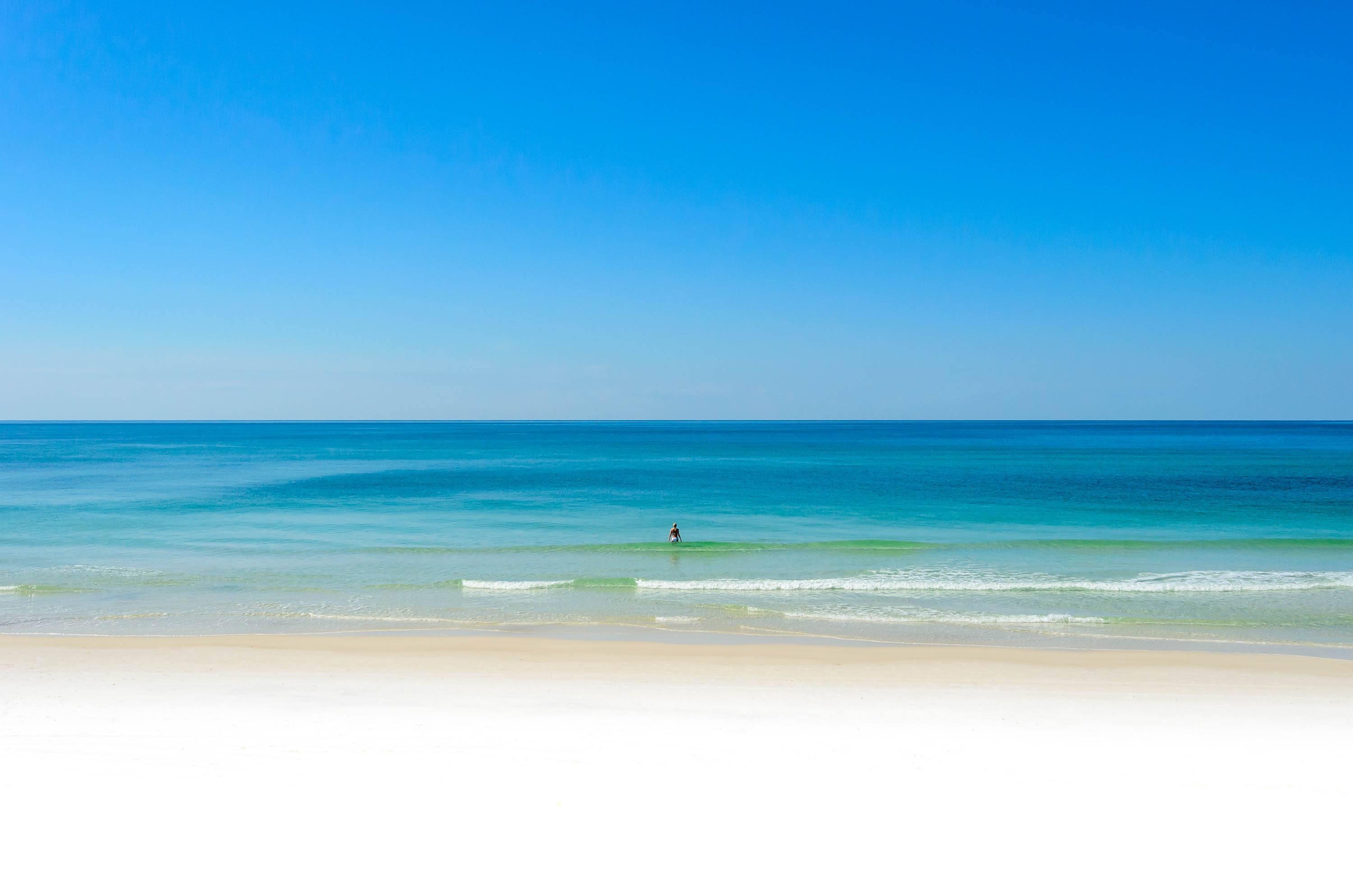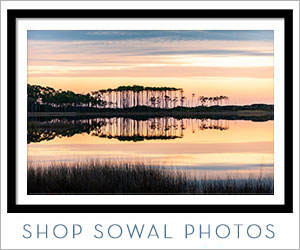My husband told me not to forget to pack the flashlights for walking on the beach at night. I said..oh no, we can't use flashlights on the beach at night.... it's not good for the turtles.
But do I remember correctly that you can use a red light? We do have a little kids flashlight that changes colors and red is one of them. I bet we could also cover others with red tissue paper or something.
After starting this post I went to google and found my answer. But then I also was thinking that with all the damage from Dennis and the construction/scraping or whatever--there probably aren't any turtles nesting except maybe at the state parks. ??? Here's what I found. I thought someone else might be interested too.
1.Use light sources that are pure red and use them only briefly. Pure red light (light that is composed mostly of wavelengths in the red region of the visible spectrum) is preferred for two reasons. The first is that sea turtles apparently do not see red light as well as we do. The second reason is that red light does not bleach the photopigment we depend upon for our night vision. Consequently, one can use a red light briefly to fill out a data form and still be able to see in the dark when the light is turned off. Not all reds are the same. Some are more pink (whiter than red) to begin with and some start out red but fade to purple (blue and red) over time. One of the most pure and fade resistant red filters I have found is the red plastic (lexan) of automobile tail lights (the lens can be cut to flashlight-size with a coping saw and the entire light fixture can be mounted on an ATV). In the USA, some makers of small flashlights offer a red lens that also is very good. I have also seen small lights with tiny red LED (light emitting diode) lamps that are very very good (these are often termed map-reading lights). Most red films of acetate that one might use to cover a flashlight fade quickly and because of this are not very good. Red tape is fair in a pinch but it diffuses the light too much to focus it well.
2. Don't fear the dark. Most people are surprised by how well they can see at night without artificial lighting. After about twenty minutes in the dark (or under a red light) the human eye can see well enough to keep its owner from tripping on even the darkest of nights. If the moon is out, one may even read a wristwatch. Eat carrots. Losing a dependence on artificial light will allow one to see well beyond the flashlight beam. Believe it or not, one can generally see the silhouette of a turtle at a greater distance without a flashlight.
But do I remember correctly that you can use a red light? We do have a little kids flashlight that changes colors and red is one of them. I bet we could also cover others with red tissue paper or something.
After starting this post I went to google and found my answer. But then I also was thinking that with all the damage from Dennis and the construction/scraping or whatever--there probably aren't any turtles nesting except maybe at the state parks. ??? Here's what I found. I thought someone else might be interested too.
1.Use light sources that are pure red and use them only briefly. Pure red light (light that is composed mostly of wavelengths in the red region of the visible spectrum) is preferred for two reasons. The first is that sea turtles apparently do not see red light as well as we do. The second reason is that red light does not bleach the photopigment we depend upon for our night vision. Consequently, one can use a red light briefly to fill out a data form and still be able to see in the dark when the light is turned off. Not all reds are the same. Some are more pink (whiter than red) to begin with and some start out red but fade to purple (blue and red) over time. One of the most pure and fade resistant red filters I have found is the red plastic (lexan) of automobile tail lights (the lens can be cut to flashlight-size with a coping saw and the entire light fixture can be mounted on an ATV). In the USA, some makers of small flashlights offer a red lens that also is very good. I have also seen small lights with tiny red LED (light emitting diode) lamps that are very very good (these are often termed map-reading lights). Most red films of acetate that one might use to cover a flashlight fade quickly and because of this are not very good. Red tape is fair in a pinch but it diffuses the light too much to focus it well.
2. Don't fear the dark. Most people are surprised by how well they can see at night without artificial lighting. After about twenty minutes in the dark (or under a red light) the human eye can see well enough to keep its owner from tripping on even the darkest of nights. If the moon is out, one may even read a wristwatch. Eat carrots. Losing a dependence on artificial light will allow one to see well beyond the flashlight beam. Believe it or not, one can generally see the silhouette of a turtle at a greater distance without a flashlight.












